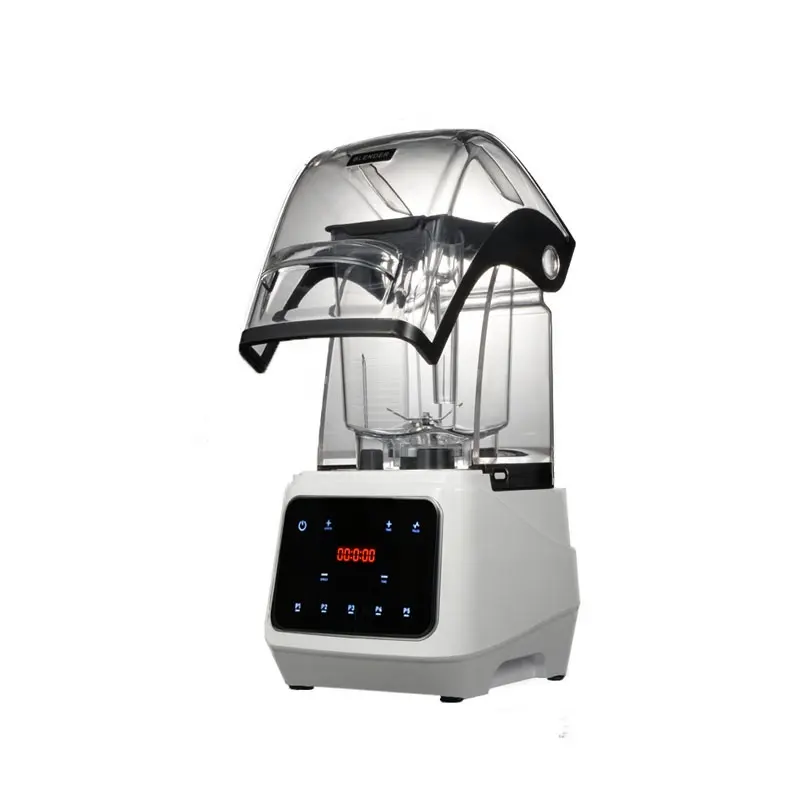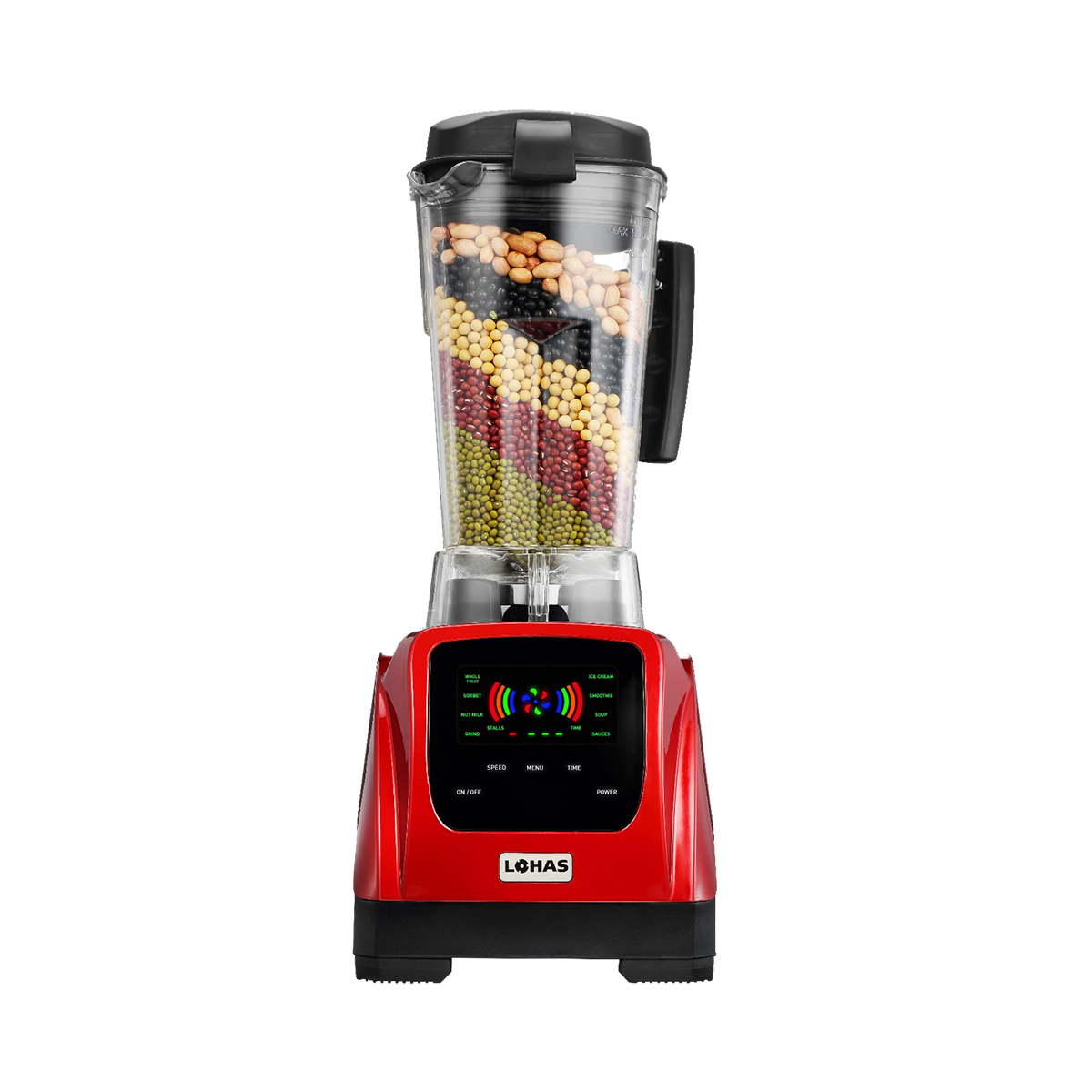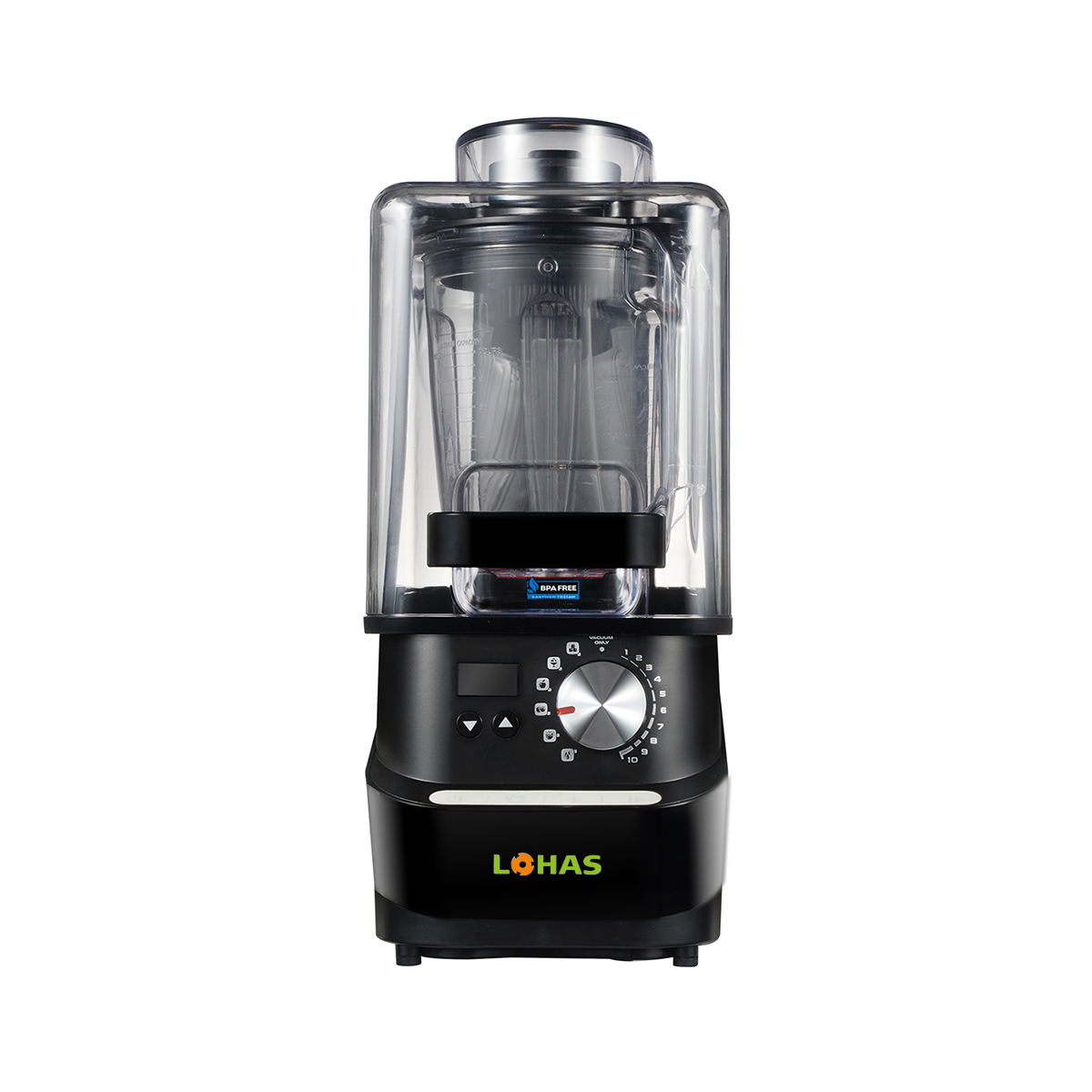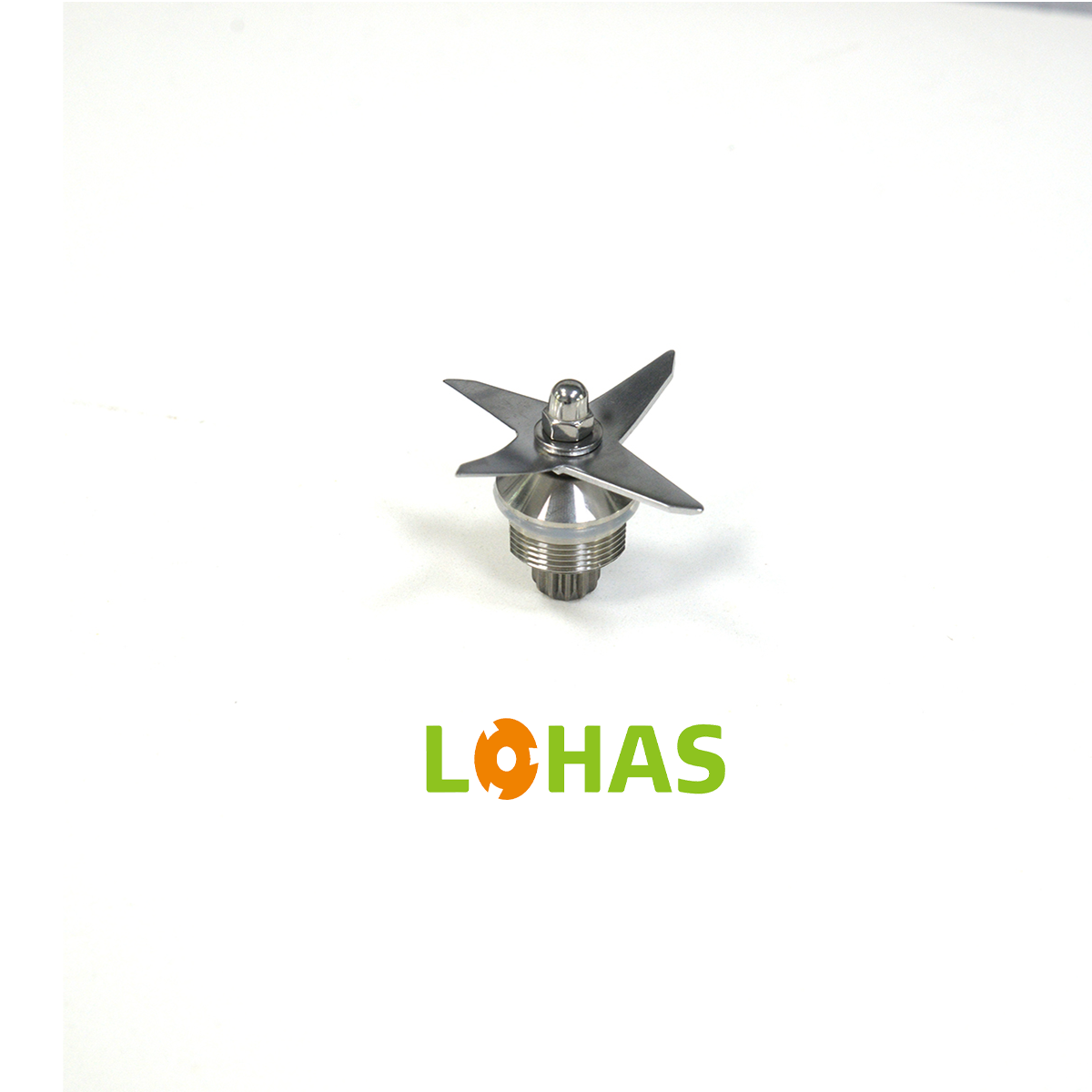Avoiding Common Cleaning Errors to Protect Your Blender and Extend Its Lifespan
Keeping your blender clean is essential for hygiene and maintaining its performance. However, many users unknowingly make cleaning mistakes that can harm their blender accessories and even shorten the blender's lifespan. Understanding how proper cleaning habits affect your blender's durability can save you costly repairs or replacements. This article explores the most frequent cleaning errors and how to avoid them to protect your blender and its components effectively.
The Importance of Proper Cleaning for Blender Accessories
How Cleaning Affects Blender's Lifespan
A blender's lifespan depends heavily on how well you maintain not only the motor and base but also the accessories such as blades, jars, lids, and seals. Residual food particles, sticky sauces, or acidic ingredients left uncleaned can degrade seals and dull blades, increasing friction and strain on the motor. Over time, improper cleaning weakens the integrity of these parts, leading to leaks, motor overheating, and eventual failure. Regular and correct cleaning extends your blender's lifespan by keeping all components in optimal condition.
Why Blender Accessories Need Special Attention
Blender accessories come in various materials like plastic, glass, rubber, and metal, each requiring specific care methods. For example, plastic jars are prone to scratching, which can harbor bacteria, while metal blades need protection from rust and corrosion. Seals and gaskets can dry out or crack if not cleaned gently. Failure to understand these nuances often results in premature wear and a reduced blender's lifespan. Learning the correct cleaning techniques tailored to each accessory ensures better preservation of your blender over time.

Common Cleaning Mistakes That Damage Blender Parts
Using Abrasive Cleaners and Tools
One of the most damaging cleaning errors is the use of harsh chemicals or abrasive scrubbers on blender parts. Strong detergents can erode plastic surfaces and degrade seals, while abrasive brushes or scouring pads scratch jars and blades. Scratches not only affect the aesthetics but also create microscopic grooves where bacteria thrive. These damaged surfaces cause the blender to work harder, negatively impacting the blender's lifespan. Opting for gentle, food-safe detergents and soft brushes preserves your accessories’ condition and extends the blender's functional years.
Submerging the Motor Base in Water
A common mistake is immersing the motor base in water or running it under the tap for cleaning. The motor housing contains sensitive electrical components that water can damage irreparably. Even a slight water ingress can cause shorts, corrosion, or complete motor failure, drastically shortening your blender's lifespan. Always clean the motor base with a damp cloth and avoid any water contact beyond the exterior surface. Proper cleaning of the base ensures the longevity of your blender's motor system.
Neglecting to Disassemble Accessories for Cleaning
Importance of Separating Parts for Thorough Cleaning
Failing to disassemble blender parts such as blades, seals, and jars during cleaning often results in food residue buildup in hidden crevices. These residues can harden, leading to unpleasant odors, bacterial growth, and increased wear on seals. Over time, this buildup increases the motor’s workload and may cause leaks or damage. Regularly taking apart all removable components ensures thorough cleaning and better maintenance, directly supporting the blender's lifespan.
Risks of Improper Reassembly
After cleaning, improper reassembly of parts is another critical mistake. Incorrectly fitted seals or blades can cause leaks or imbalance during operation, increasing wear and tear on the motor. Over-tightening can damage threads or seals, while under-tightening may cause parts to loosen and malfunction. Ensuring accessories are reassembled according to manufacturer guidelines preserves the blender's operational integrity and helps maintain its lifespan.
Overlooking Drying and Storage Practices
The Role of Proper Drying in Preventing Damage
Leaving blender accessories wet or damp after cleaning invites mold, mildew, and corrosion, especially on metal blades and rubber seals. Moisture trapped in seals can cause them to deteriorate faster, reducing their sealing ability and risking leaks. Water left inside the jar base or blade assembly may also cause rust. Drying all parts completely before reassembly or storage is crucial to avoid these issues and prolong the blender's lifespan.
Storing Accessories Correctly to Avoid Damage
How you store blender parts after cleaning can impact their durability. Stacking jars improperly can lead to scratches or cracks, while placing blades haphazardly risks dulling or bending them. Keeping seals in direct sunlight or near heat sources can dry out the rubber, causing cracks. Using designated storage spaces and protecting sensitive parts from harsh environments helps maintain the blender’s accessories in prime condition, enhancing the blender's lifespan.
Using Inappropriate Cleaning Methods for Specific Accessories
Cleaning Blades Safely to Maintain Sharpness and Integrity
Blades require careful cleaning to avoid dulling or corrosion. Soaking blades in harsh chemicals or scrubbing with metal brushes damages their edges and surface coating, increasing friction and motor load. Instead, hand wash blades promptly after use with mild detergent and a soft brush, then dry immediately. This routine keeps blades sharp, ensuring efficient blending and protecting your blender’s lifespan.
Handling Seals and Gaskets with Care
Seals and gaskets are delicate components that maintain airtight connections and prevent leaks. Using harsh detergents or hot water can dry out or warp these parts. Similarly, aggressive scrubbing can cause tears or thinning. Clean seals gently with warm water and mild soap, then air dry thoroughly. Proper care of seals preserves their elasticity and functionality, directly contributing to the blender’s lifespan.
Maintenance Tips to Supplement Cleaning and Protect Your Blender
Regular Inspection of Accessories for Wear and Tear
Beyond cleaning, routinely inspecting blender accessories for signs of damage is vital. Look for cracks in jars, dull or bent blades, and worn seals. Early detection of issues allows timely replacement before damage spreads to other parts or the motor. Proactive accessory maintenance complements good cleaning practices and helps maximize the blender's lifespan.
Lubricating Moving Parts When Necessary
Some blender models have parts that benefit from occasional lubrication, such as blade assemblies or seals. Applying manufacturer-recommended lubricants reduces friction, prevents wear, and maintains smooth operation. Regular lubrication paired with proper cleaning extends the blender’s lifespan by keeping mechanical components functioning optimally.
Frequently Asked Questions
How often should I clean my blender accessories to ensure a long blender's lifespan?
Cleaning after every use is recommended to prevent residue buildup that strains the motor and damages seals. Deep cleaning and disassembly should be done at least once a week to maintain optimal hygiene and accessory condition, contributing to a longer blender's lifespan.
Can using dishwasher detergents damage blender accessories?
Dishwasher detergents are often too harsh for blender accessories, especially plastic jars and rubber seals. They can cause warping, fading, or cracking, which shortens the blender's lifespan. Hand washing with mild detergent is safer and helps preserve your blender components.
Is it harmful to soak blender blades overnight?
Prolonged soaking can lead to corrosion and dulling of blades, especially if soaked in acidic or alkaline solutions. Quick cleaning after use followed by immediate drying protects blades and extends the blender's lifespan.
What are the signs that blender accessories need replacement?
Look for leaks around seals, visible cracks in jars, dull or bent blades, and persistent odors despite cleaning. These signs indicate worn accessories that can compromise blender performance and shorten its lifespan. Replacing parts promptly ensures continued smooth operation.
Table of Contents
- Avoiding Common Cleaning Errors to Protect Your Blender and Extend Its Lifespan
- The Importance of Proper Cleaning for Blender Accessories
- Common Cleaning Mistakes That Damage Blender Parts
- Neglecting to Disassemble Accessories for Cleaning
- Overlooking Drying and Storage Practices
- Using Inappropriate Cleaning Methods for Specific Accessories
- Maintenance Tips to Supplement Cleaning and Protect Your Blender
- Frequently Asked Questions







